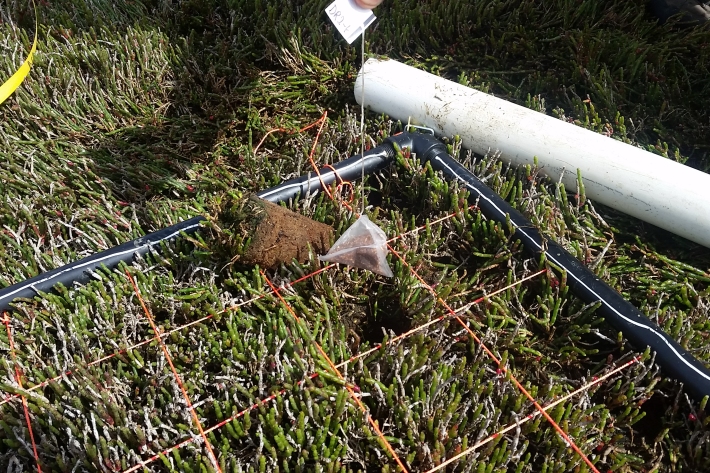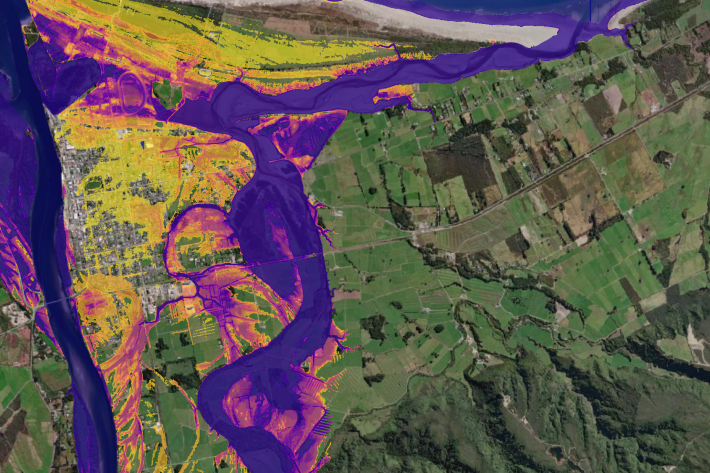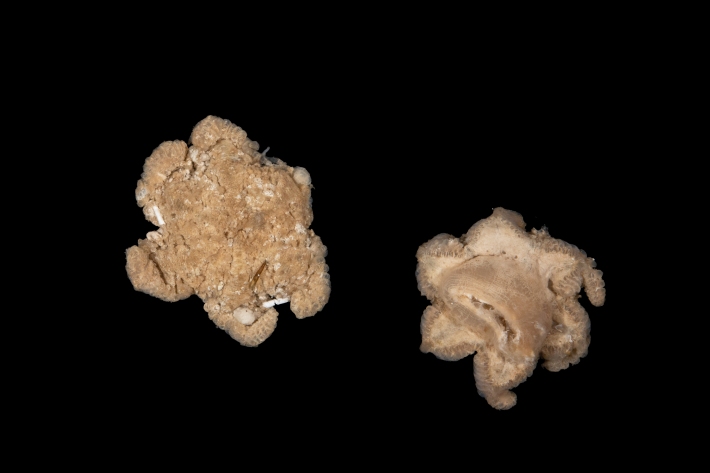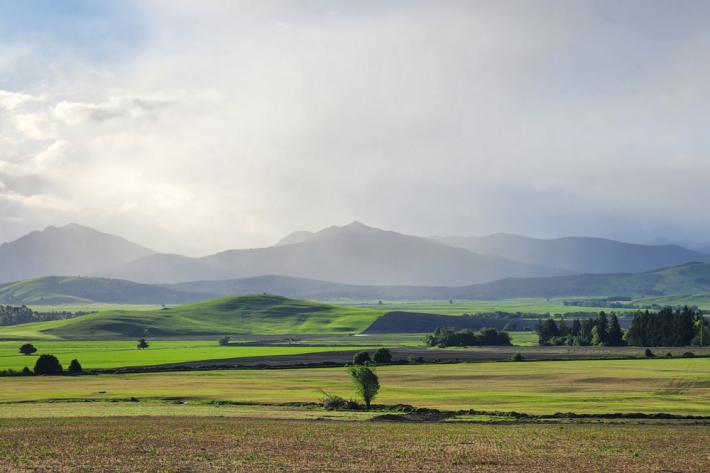-

Rolling life back into New Zealand’s lakes
Media release16 December 2024NIWA is using biodegradable “life rafts” to reintroduce native plants to degraded lakes. -

Scientists capture stunning snapshots
Media release13 December 2024A unique river portrait and a humorous moment with bubbles are some of the award-winning images taken by NIWA staff this year. -

“Spilling the tea” on wetlands
Media release03 December 2024Scientists find link between temperature and carbon storage rates -

Warm, dry summer ahead sparks SunSmart reminder
Media release27 November 2024New Zealanders are likely to spend considerable time outdoors this summer, with the National Institute of Water and Atmospheric Research (NIWA) predicting warm and dry conditions across most of the motu. -

Microbes behind unprecedented surge in methane emissions
Media release25 November 2024Microbes - such as those living in wetlands, landfills or the digestive tracts of livestock – are behind unprecedented spikes in methane emissions. -

Cheers to crustaceans: New species named after Welly brewery
Media release13 November 2024A new species has been named after favourite Wellington brewpub Fork and Brewer -

Forecasting floods in a fraction of the time with AI
Media release29 October 2024NIWA is using machine learning to forecast flood inundation in a fraction of the time required to run physical models. -

Microsites for rapid impact assessment & recovery after Cyclone Gabrielle
News article25 October 2024The rapid impact assessment tool provides a scenario model framework to rapidly assess natural hazard exposure or impacts. -

Coastal inundation risk in the Pacific
News article25 October 2024Researchers created national sea-level risk profiles for populations, buildings, croplands & infrastructure under present & future climate scenarios. -

Clever sleuthing unmasks mystery ocean creature
Media release16 October 2024A mystery specimen has been identified as a species never documented in New Zealand waters. -

Government announcement about NIWA and MetService
News article26 September 2024NIWA is pleased with the announcement today by the Science, Innovation and Technology Minister of the Government’s response to a recent review of New Zealand’s weather forecasting system. -

New species of NZ ghost shark discovered
Media release24 September 2024Scientists have found a new ghost shark that lives exclusively in the deep waters of Australia and New Zealand.
